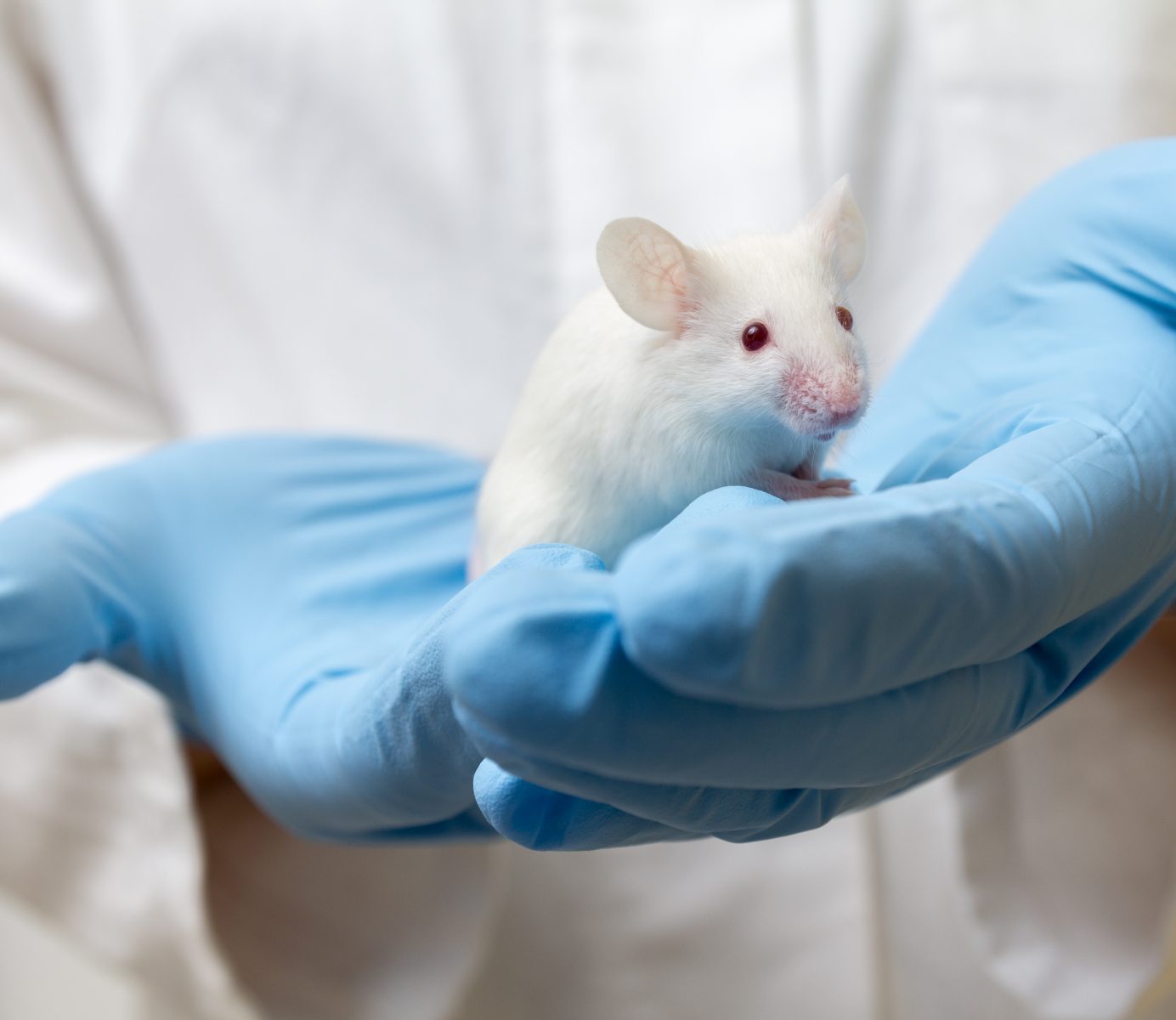Plasma Cells Important in Lupus-Prone Mouse Model
Written by |

 A German team focused on the study of lupus recently evaluated the behavior and lifecycle of long-lived plasma cells (LLPCs), which are a part of the disease systemic lupus erythematosus. The study, “Long-lived Plasma Cells Are Early and Constantly Generated in New Zealand Black/New Zealand White F1 Mice and Their Therapeutic Depletion Requires a Combined Targeting of Autoreactive Plasma Cells and Their Precursors,” was published in the journal Arthritis Research & Therapy and found that lupus-prone mice generate autoreactive LLPCs throughout the course of their lives.
A German team focused on the study of lupus recently evaluated the behavior and lifecycle of long-lived plasma cells (LLPCs), which are a part of the disease systemic lupus erythematosus. The study, “Long-lived Plasma Cells Are Early and Constantly Generated in New Zealand Black/New Zealand White F1 Mice and Their Therapeutic Depletion Requires a Combined Targeting of Autoreactive Plasma Cells and Their Precursors,” was published in the journal Arthritis Research & Therapy and found that lupus-prone mice generate autoreactive LLPCs throughout the course of their lives.
A special type of mouse was used for the research. NZB/W F1 mice spontaneously develop a human-like form of lupus, as identified by pathogenic autoantibodies. Within these mice, LLPCs and autoreactive short-lived plasma cells (SLPCs) can lead to an exacerbation of symptoms.
Since LLPCs and SLPCs are present at an early stage in the life of a mouse — at least as early as 24 weeks in the spleen and bone marrow — the researchers were interested in how early the cells appear before clinical symptoms of lupus develop. “Here, we show that LLPC generation starts very early in NZB/W F1 mice, long before clinical onset of the disease,” wrote the authors. “Then, LLPC counts in the spleen plateau after about 10 weeks, but those in the bone marrow and inflamed kidney increase over time.”
To uncover these properties, the research team used experiments such as flow cytometry, cell counting, plasma cell depletion and LLPC generation. Immediately relevant to research that is translatable into the clinic was the plasma cell depletion experiment. NZB/W F1 mice were injected with bortezomib and cyclophosphamide, two anti-inflammatory medications. Flow cytometry of cells from the spleen and bone marrow, two rich sources of hematopoietic cells, were used to evaluate the results.
“In six-week-old mice, 17% of all plasma cells in the spleen were LLPCs, which were initially generated before the age of 4 weeks,” stated the authors. These cells seem to be vital to maintaining a normal health status, as NZB/W F1 mice developed a full version of lupus when LLPC frequency plateaued beyond 10 weeks of age.
Preserving LLPCs or enhancing their behavior through a pharmacological intervention may be a logical next step for the research group. By determining these parameters, a new treatment for lupus could be developed.




